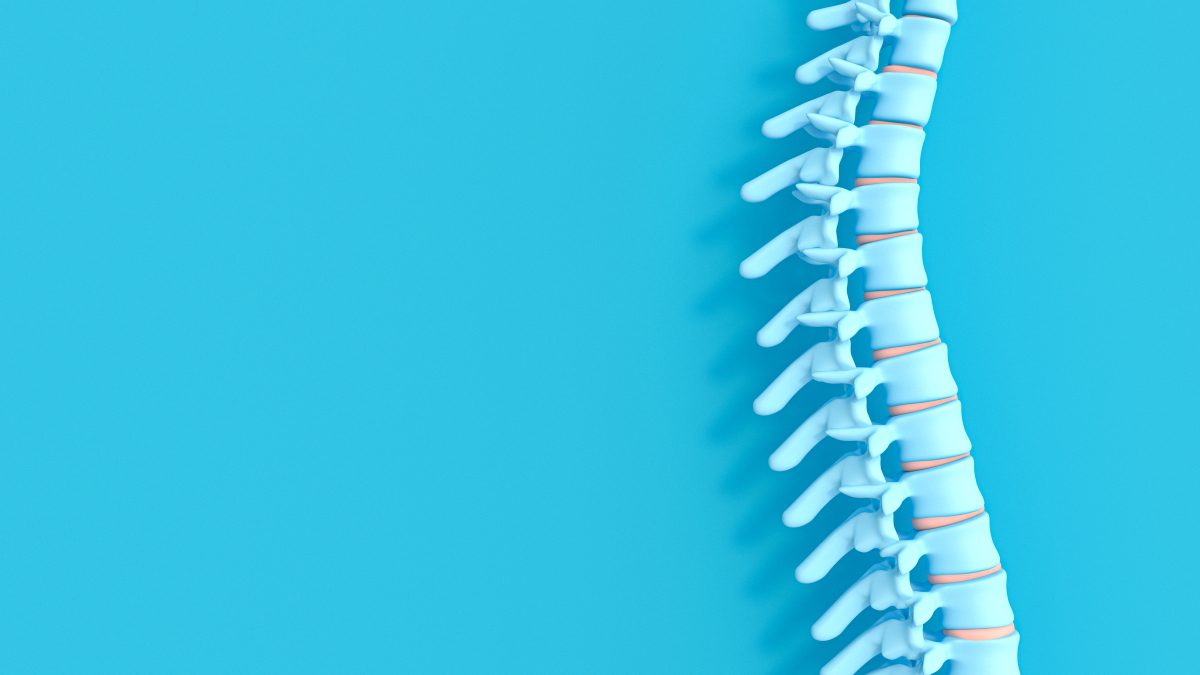What Is Spinal Stenosis?
Spinal stenosis is a condition that occurs when the spaces in your backbone (spine) become narrow. When this happens, your spinal cord and its nerves can become compressed or pinched. More than half of the time, spinal stenosis occurs in the lumbar spine, which is the lower portion of the back, and the narrowing of the spine that goes along with this condition causes pain that travels down the back of the leg. In general, the definition of spinal stenosis is divided into three major classes.
- Foraminal spinal stenosis is the most common type of lumbar spinal stenosis, may also be referred to as lateral spinal stenosis. As the nerve root is about to leave the canal through a side hole at the back of the spine, called the neuro-foramen, a bone spur (osteophyte) that has already developed from bone degeneration or arthritis can press on that nerve root.
- Central spinal stenosis occurs when the central spinal canal is constricted with enlarged ligament and bony overgrowth, causing the spinal cord and cauda compression. This narrowing can cause pressure on the nerve bundle at the end of the spinal cord (cauda equina) or the nerve bundle within the thecal sac. Stenosis can occur along any area of the spines but is most common in the lumbar area
- Far lateral spinal stenosis is the narrowing of the area lateral or to the side of the neuro-foramen. The narrowing is secondary to the development of bone spurs from the facet joints, bulging discs, herniated discs, and ligament hypertrophy.
What causes stenosis
Some people are born with an unusually small spinal canal. In other cases, the cause of spinal stenosis is another condition or disorder occurs that reduces the amount of space in the spinal canal. Spinal stenosis may be caused by:
- Bone Spurs: Bone spurs are one of the common spinal stenosis causes. They form when wear and tear damage causes extra bone tissue to form. If these develop in the spinal canal, they can cause spinal stenosis. Paget’s disease is a bone disorder that typically occurs in adults that can also cause the overgrowth of bone material.
- Herniated Discs: Spinal stenosis can also be caused by ruptured or herniated intervertebral discs and are common spinal stenosis causes. These are the soft cushions between your vertebrae that serve as shock absorbers. As the body ages, these discs dry out. If the outer rim cracks or tears, some of the soft gel-like material from the inside can leak out, causing spinal stenosis by pressing on the spinal cord and nerves inside the spinal canal.
- Stiff and Thickened Ligaments: Ligaments are tough fibers that help stabilize the spine by binding the vertebrae together. Over time, these ligaments get hard and thicken. As this happens, they can sometimes bulge and decrease the amount of space in the spinal canal, leading to spinal stenosis.
- Tumors: Abnormal tissues or masses sometimes grow inside the spinal cord membranes or in the space between the spinal cord and the vertebrae, taking up room in the spinal canal. This causes spinal stenosis.
- Injuries or Trauma: Falls, motor vehicle accidents, or other injuries and trauma can cause severe dislocations or fractures of one or more backbones. These fractures or dislocations can be one of the common spinal stenosis caused by damaging the spinal canal. Sometimes surgery on the spine can cause swelling in tissues near the spinal canal that compress the spinal nerves and the spinal cord.
- Malignancy or cancer is an abnormal growth of the spinal cord or within the membranes covering the cord and the vertebrae. It is one of the rare spinal stenosis causes.
- Spinal ligament changes such as inflammation and scarring can result in thickened ligaments. These thickened ligaments can impinge the spinal canal over time.
- A spinal cord abscess is a collection of pus from an infection. This swollen area can cause permanent damage to the spinal cord.
- Spondylolisthesis is a condition when a vertebra slides forward on the vertebra below it, commonly seen in the lumbar spine.
Prevalence
Spinal stenosis occurs most often in people older than 50 years of age. People who develop the condition at a younger age most often have a genetic disease that has affected the development of their bones and muscles.
Spinal Stenosis Risk Factors
The main factor that increases spinal stenosis risks is the age over 50 years. Other predisposing factors are the following:
- Genetically abnormal narrowing of the spinal canal
- Developmental problems in the spine prior to birth
- Poor posture and body mechanics
- Degenerative disc disease
- Obesity
- Smoking
- Diseases such as arthritis, scoliosis, osteoporosis, and lordosis.
Complications
Spinal stenosis causes incontinence and weakening, which are common complications, and can often be severe. In worst cases, spinal stenosis causes patients not to be able to control their bladder and experience paralysis. Cauda equine syndrome is a rare but serious complication that requires immediate surgical intervention to reduce pressure on a bundle of nerves near the end of the spinal cord.
Click Here to read about Symptoms.
















Leave a Reply
You must be logged in to post a comment.